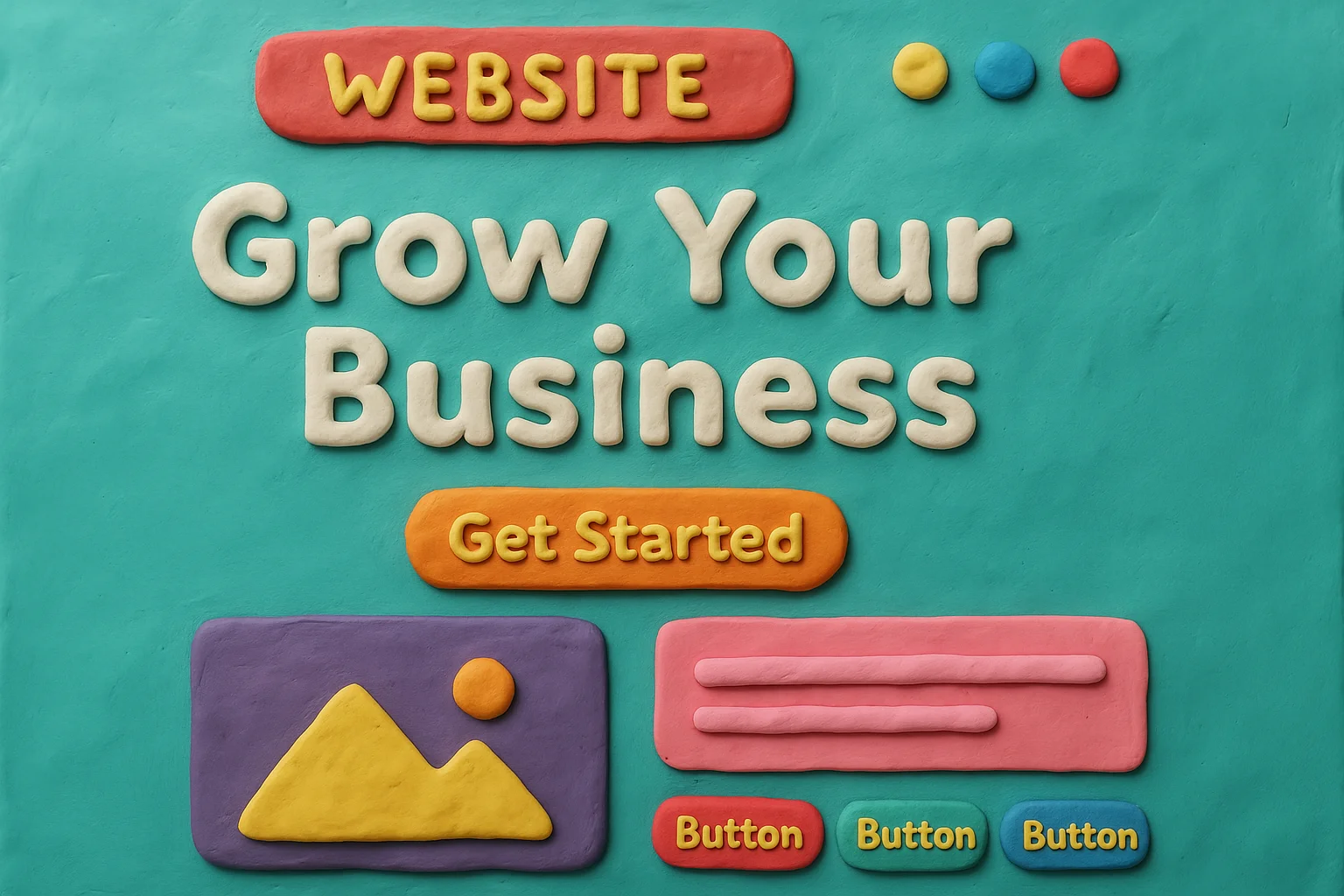Your homepage is often the first—and most critical—touchpoint a visitor has with your brand. But if it’s cluttered, confusing, or content-light, visitors bounce instead of converting. Knowing how to structure a homepage isn’t just a design question—it’s a strategic one. Done right, your homepage becomes a guided experience that grabs attention, builds trust, and moves visitors toward a clear action.
In this guide, we’ll break down the ideal homepage structure—and how to make yours drive results.
Why Homepage Structure Matters
Your homepage needs to answer three key questions immediately:
- Who are you?
- What do you offer?
- Why should I care (or trust you)?
But it also needs to guide users to the next step—whether that’s learning more, contacting you, or making a purchase.
A well-structured homepage supports:
- ✅ Better user experience (UX)
- ✅ Stronger SEO performance
- ✅ Higher conversion rates
- ✅ Improved brand trust
Let’s break down the key sections every high-performing homepage needs.
1. Hero Section (Above the Fold)
This is your first impression. Don’t waste it.
Must-Haves:
- A clear, benefit-driven headline
- Supporting subhead (what you do + why it matters)
- A strong call-to-action (CTA) like “Get a Quote” or “View Our Work”
- Optional image or background video that reflects your brand
💡 Tip: Don’t try to say everything here. Focus on what problem you solve and who it’s for.
👉 See how Twofold crafts conversion-first websites.
2. Services or Solutions Overview
Introduce the core services or offerings your business provides.
Best Practices:
- Use icons or visuals for quick scannability
- Limit to 3–4 services with links to full pages
- Include brief descriptions that speak to outcomes
📘 Read: Essential Website Features Every Service-Based Business Needs
3. Trust-Building Elements
If you don’t establish trust early, visitors won’t stick around.
Include:
- Client logos
- Testimonials or reviews
- Press mentions or certifications
- Stats or impact metrics (“Serving 1,000+ clients nationwide”)
💡 Bonus: Add star ratings or trust badges above the fold for quick credibility.
📚 E-E-A-T Explained: Google’s Trust Signals and How to Improve Yours
4. About Preview or “Why Us” Section
People don’t just buy services—they buy into the people and values behind them.
Highlight:
- A short brand story or purpose statement
- Your unique selling proposition (USP)
- A link to your full About page
📘 The Difference Between a $5K Website and a $50K Website includes examples of how messaging levels up with strategy.
5. Featured Case Study, Project, or Success Story
Show, don’t just tell.
Use a visual card or short blurb that links to a full case study, testimonial, or results page.
Format:
- Client name or industry
- Problem → Solution → Result
- Quote or outcome metric
6. Blog or Resource Highlights (Optional but Powerful)
A blog preview helps with both SEO and trust-building—especially if you’re in a high-consideration industry.
Show:
- 2–3 recent or relevant articles
- Visual thumbnails
- Links to your blog or resource hub
📚 How Blogging Drives Organic Traffic: Real Data, Real Results
7. Call to Action (CTA) Banner or Form
Don’t just end the homepage with a footer. Drive action.
CTA Options:
- “Schedule a Free Consultation”
- “Get a Custom Quote”
- “Explore Our Services”
- Embed a short contact form
💡 Repeat your CTA from the hero section—consistency reinforces action.
8. SEO-Friendly Footer
Your footer isn’t just for copyright text. Use it to support navigation and SEO.
Include:
- Links to all key pages
- Business contact info
- Social icons
- Awards or certifications
- Newsletter signup form (if applicable)
Homepage Structure Summary
Here’s a simplified visual breakdown of how to structure a homepage that drives action:
cssCopyEdit[ HERO ]
→ Clear headline, subhead, CTA
[ SERVICES ]
→ 3–4 core offerings with visuals
[ SOCIAL PROOF ]
→ Testimonials, logos, stats
[ ABOUT ]
→ “Why Us” preview
[ CASE STUDY ]
→ Real-world example of success
[ BLOG HIGHLIGHTS ]
→ Recent or strategic content
[ CTA BANNER / FORM ]
→ Push to take action
[ FOOTER ]
→ Navigation, contact info, legal
How Twofold Helps You Structure a Homepage That Converts
At Twofold, we don’t just build good-looking websites—we build strategic ones. Every homepage is:
✅ Based on real user behavior and SEO strategy
✅ Designed to guide visitors, not confuse them
✅ Structured to convert, no matter the screen size
✅ Tested for clarity, speed, and performance
👉 Let’s Build You a Homepage That Works
Final Thoughts
If you’re wondering how to structure a homepage, start with clarity, build trust quickly, and always lead users toward action.
A homepage isn’t about saying everything—it’s about saying the right things in the right order.
Partner with Twofold and Build a Homepage That Moves the Needle
